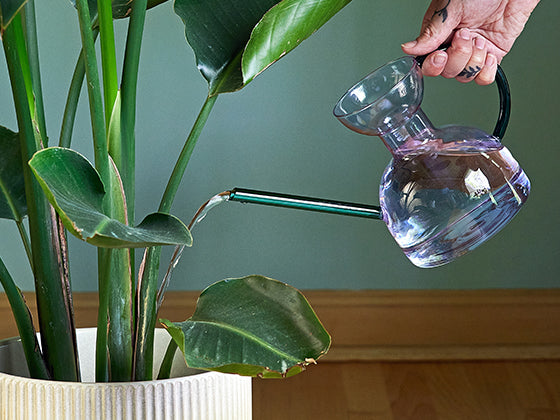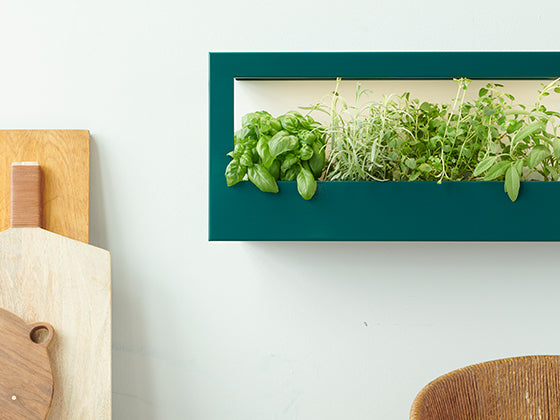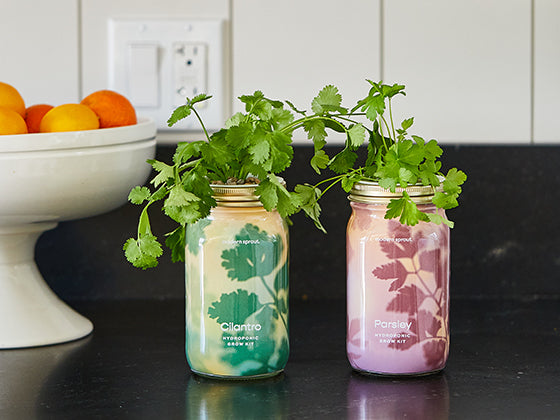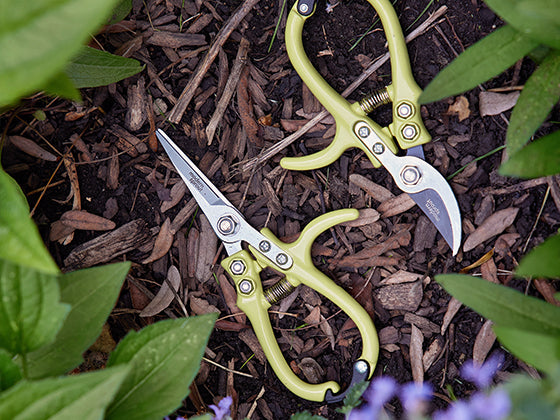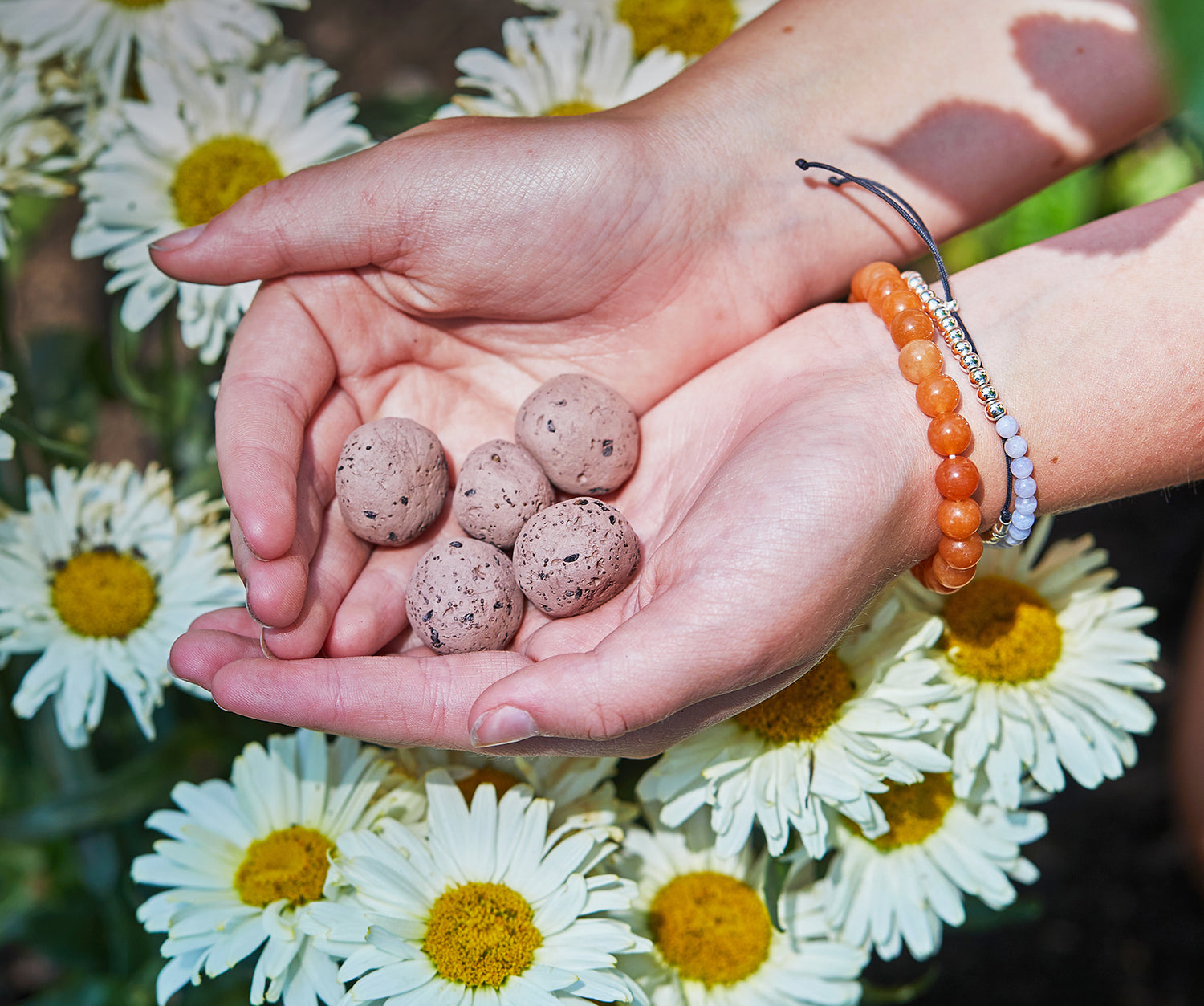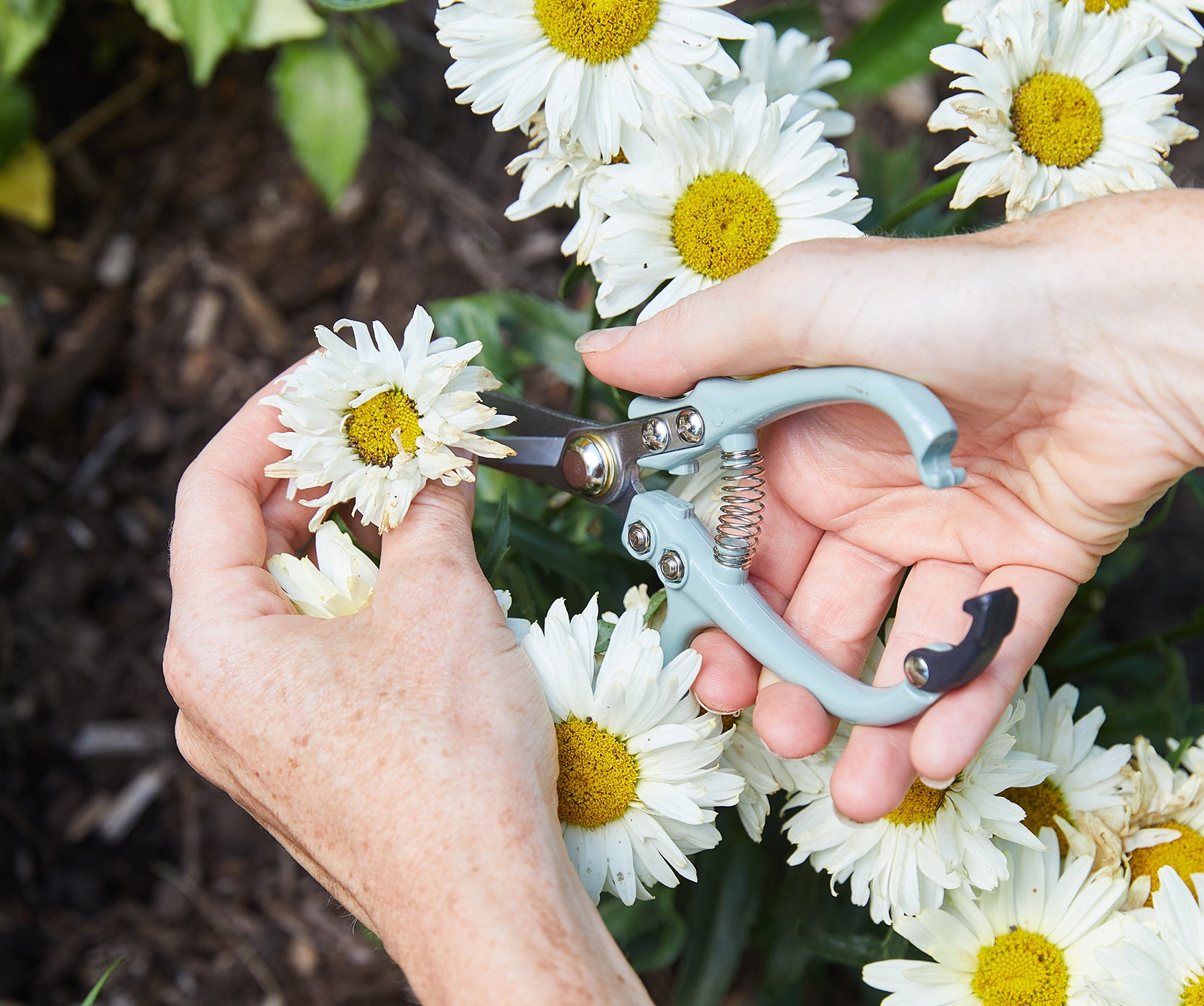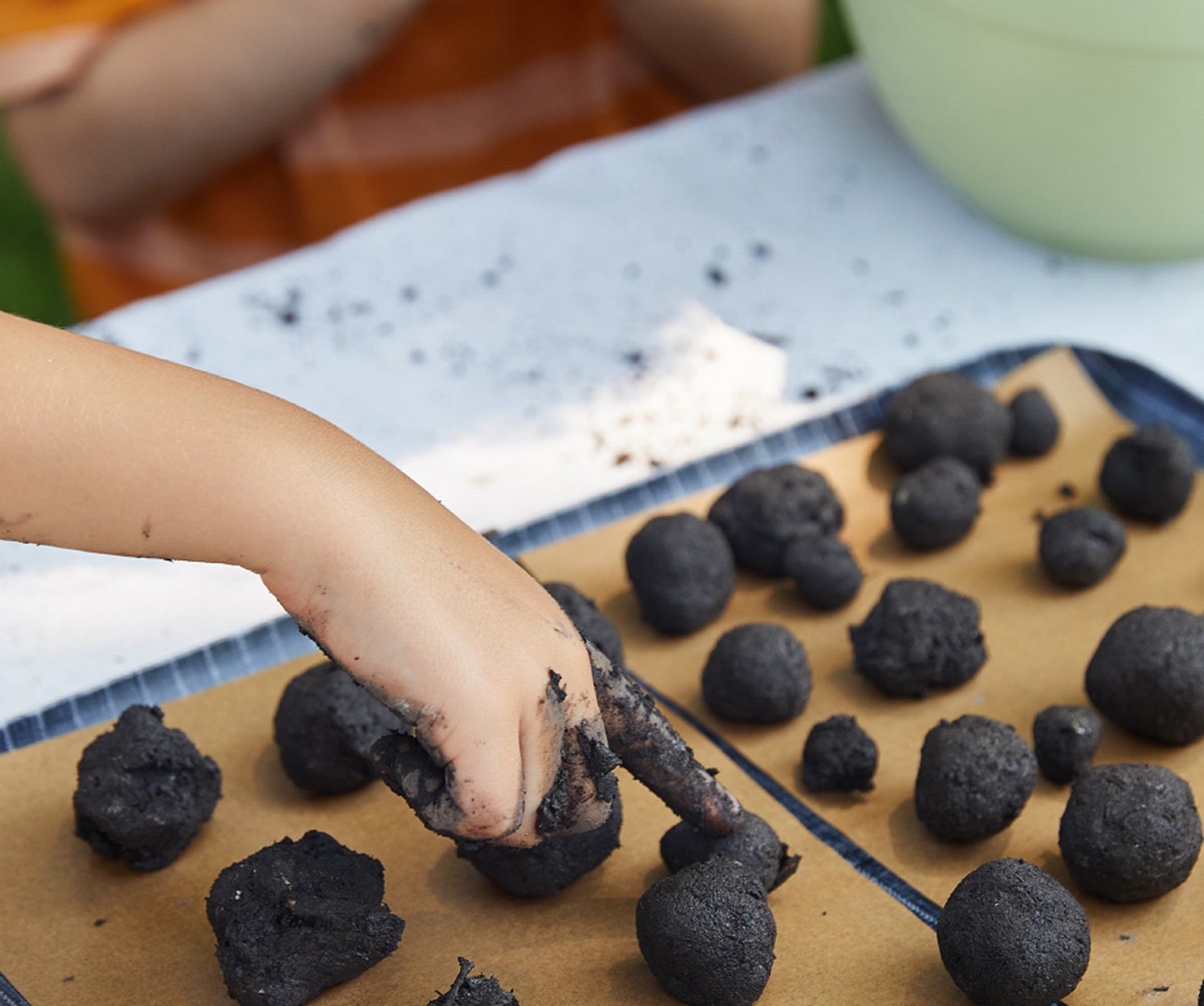Every year, friends of pollinators and a healthy planet celebrate Pollinator Week. For 2024, the global celebration of pollinator health is June 17-23 and the theme is Vision 2040: Thriving ecosystems, economies, and agriculture.

What are pollinators and why are they important?
Simply put, pollinators help plants reproduce As they drink nectar or feed off a plant’s pollen, they also transport grains of pollen to other plants. By carrying pollen from a plant stamen to the stigma, plants can produce fruits and seeds…which leads to new plants!
Read more about pollinators as biodiversity heroes.
Bees are the pollinators most often in the news, but they’re in good company. Birds and bats, butterflies and beetles along with flies, wasps, and all kinds of small mammals all act as pollinators.
Think that all sounds cool but wondering what’s that got to do about you? Beyond making for a more beautiful world full of flowers and plants, pollinators also are essential to our food supply. One third of all food humans consume – fruits, vegetable and nuts – are made possible by pollinators. What’s more, half of the oils, fibers and raw materials used by humans can also be traced to pollination.

Ensuring biodiversity thanks to a healthy pollinator population means a healthier planet. When the right kinds of plants grow in the right places, their roots help prevent soil erosion. More pollinators and more plants also increases carbon sequestration.
What can I do to help pollinators?
We think the best way to celebrate pollinators is to protect them! Here are five ways you can do that — and enjoy a thriving garden, too.:
1. Plant a Variety of Native Flowers
Native plants are best suited for attracting local pollinators because they have evolved together over time.
You can ensure a continuous bloom throughout the growing season by planting a diverse array of flowers that bloom at different times. By including a mix of shapes, colors and sizes, you can attract different types of pollinators, such as bees, butterflies, and hummingbirds.
The National Wildlife Federation has a Native Plant Finder that shows native plants local to your area by zip code.
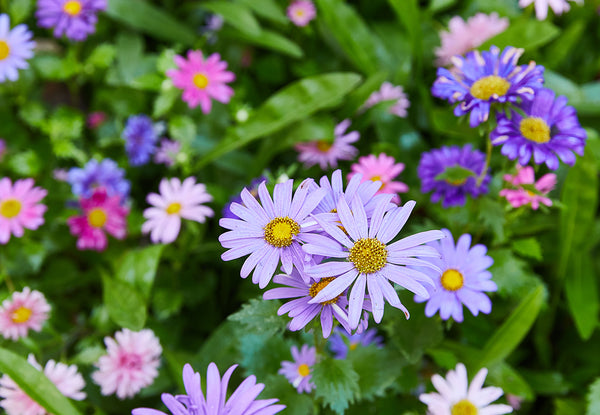
2. Provide Food and Water Sources
Pollinators need more than just nectar. You can offer additional food sources like pollen and fruits. When you allow some fruits and vegetables in your garden to bolt (go to flower) and remain unharvested, you add more food pollinators like.
Water is essential for hydration and habitat for pollinators. Consider setting up a shallow water source, such as a small fountain or a birdbath with stones for insects to land on.

3. Avoid Pesticides
Pollinators aren’t pests! Pesticides can be harmful to pollinators. Opt for organic gardening practices or use natural pest control methods. Encourage beneficial insects that prey on garden pests, and manually remove pests when possible.
If you must use pesticides, choose those that are least harmful to pollinators and apply them during times when pollinators are less active.

4. Create Shelter and Nesting Sites
Pollinators need safe places to rest, nest and overwinter. Different pollinators have different nesting needs, so offering a variety of habitats can help support a diverse pollinator population.
Plant dense shrubs, leave dead wood or logs untouched, and create brush piles to provide shelter. To support bees, install bee houses or leave patches of bare ground for species of bees that are ground-nesting. By planting a variety of native plants that bloom from early spring to late fall, you not only ensure a beautiful garden, you create overlapping bloom times. The more and longer things bloom, the more safe spots for pollinator larvae.

5. Minimize Lawn Areas
Lawns offer little to no resources for pollinators. Reducing the size of your lawn by replacing it with flower beds, wildflower meadows, or other pollinator-friendly plantings can significantly enhance the habitat for pollinators.
If you want to take things a positive step further, use native grasses and wildflowers that provide both beauty and functionality. Check out the Native Plant Finder to explore more.

Happy Cultivating,
The Modern Sprout Team

